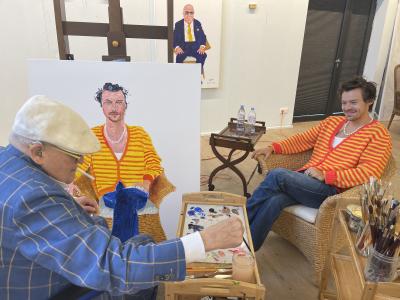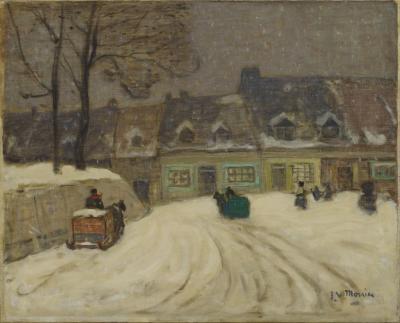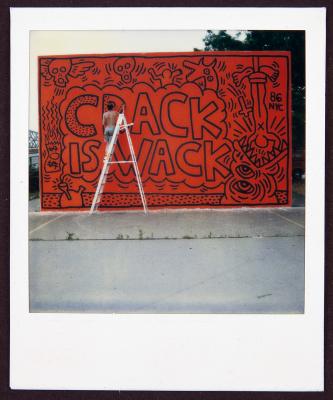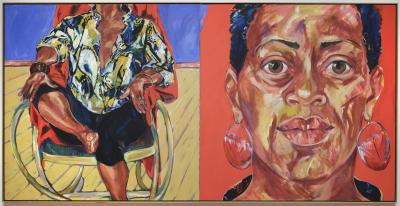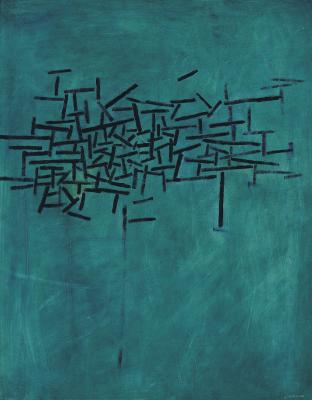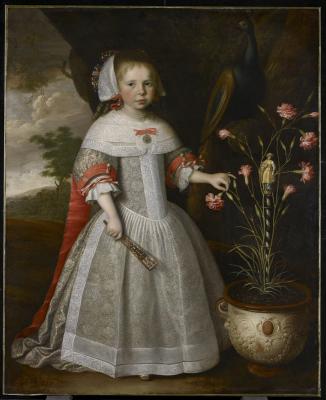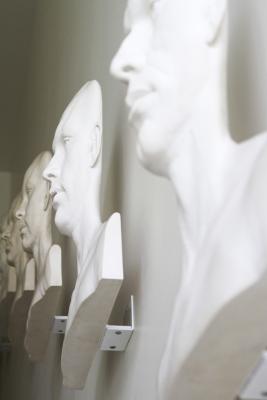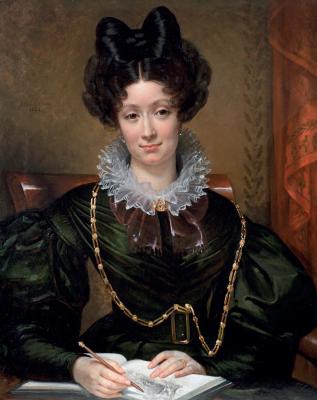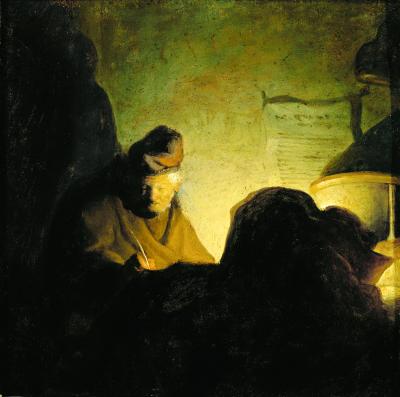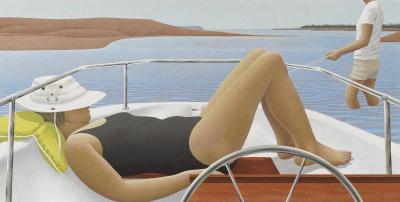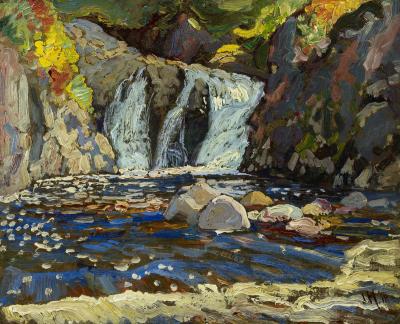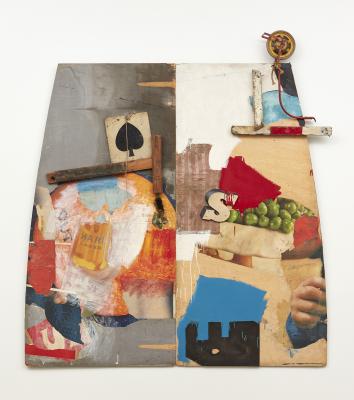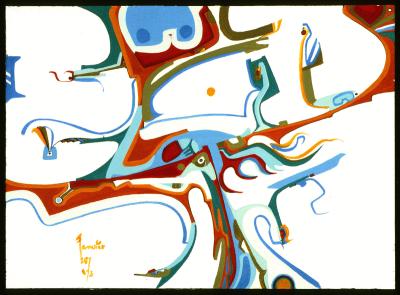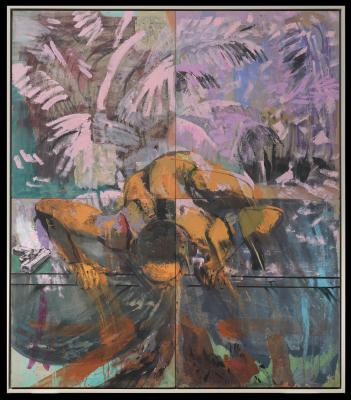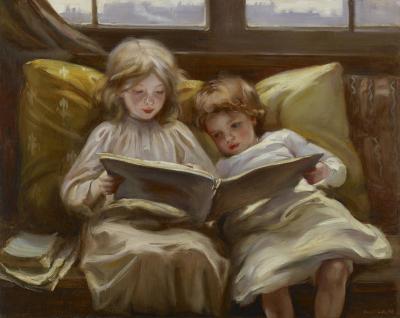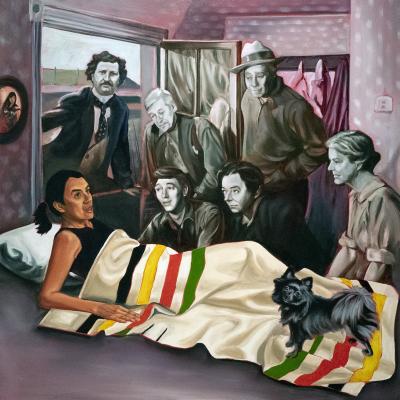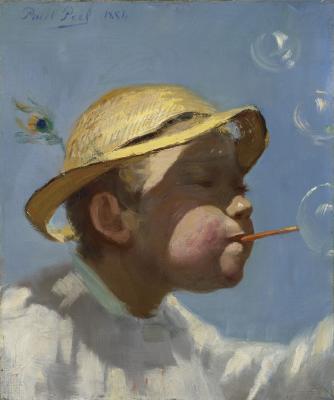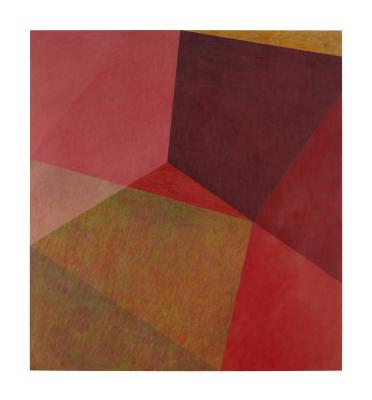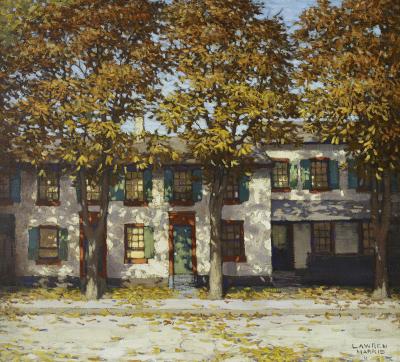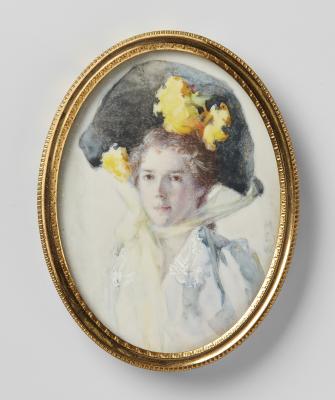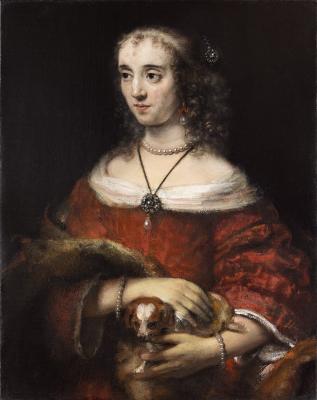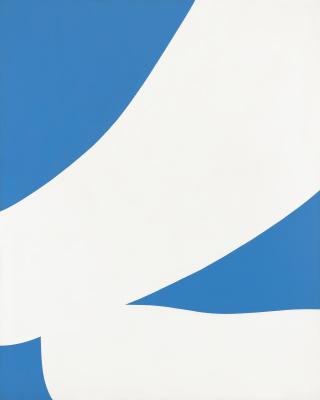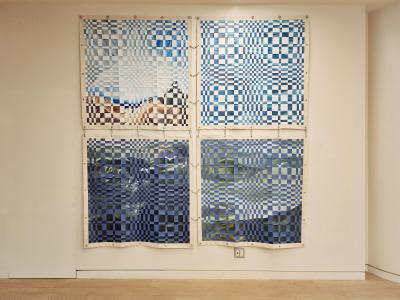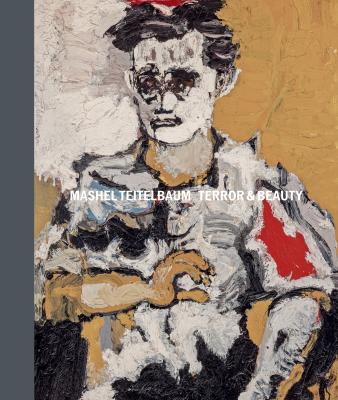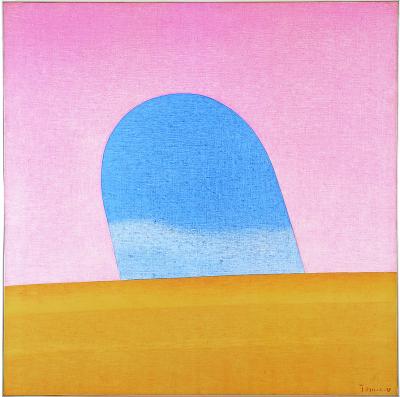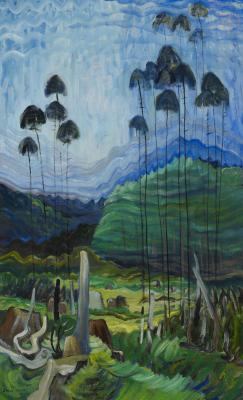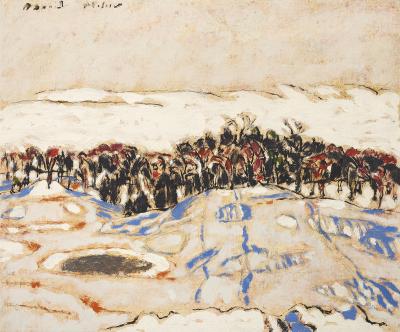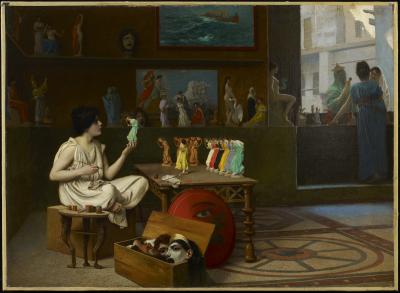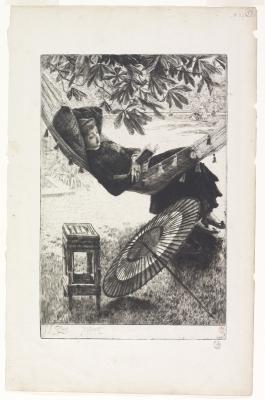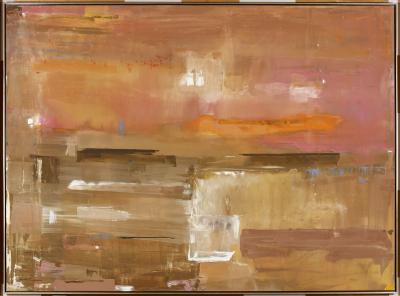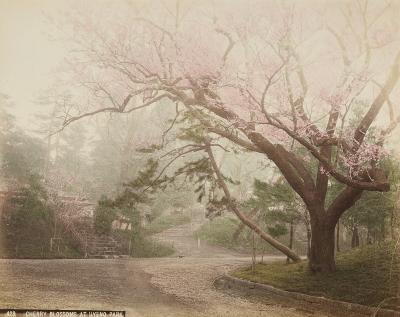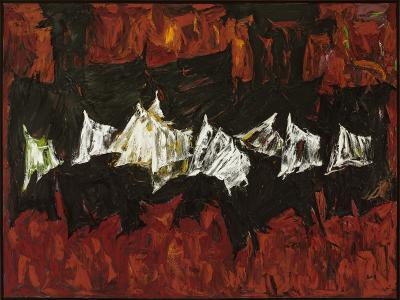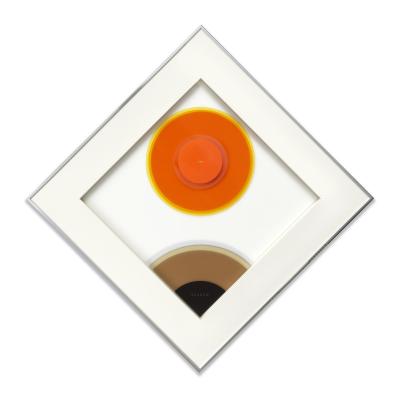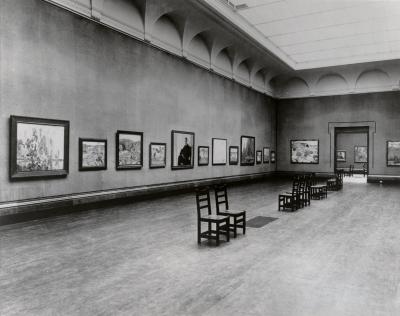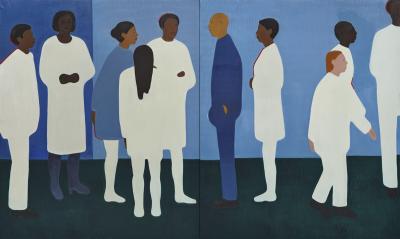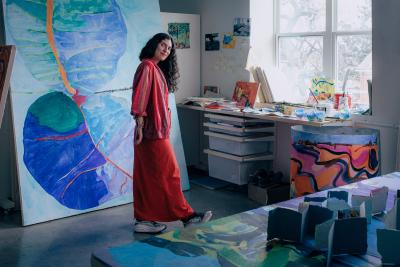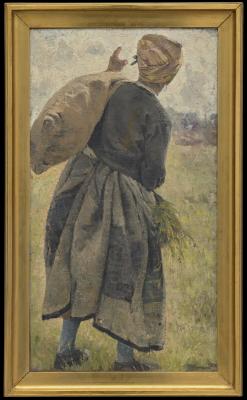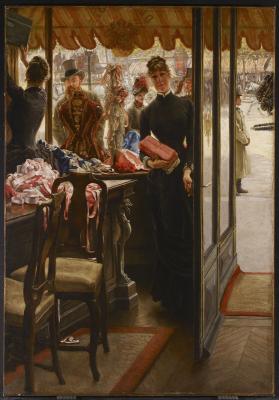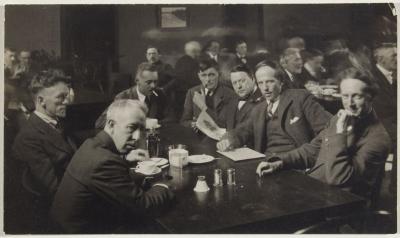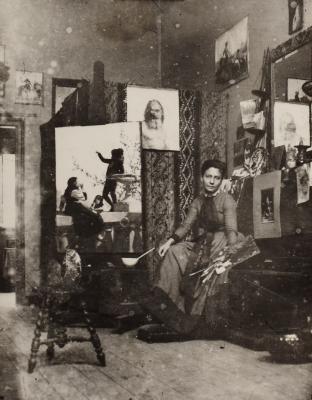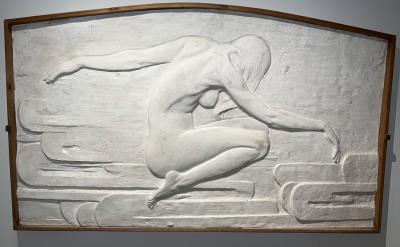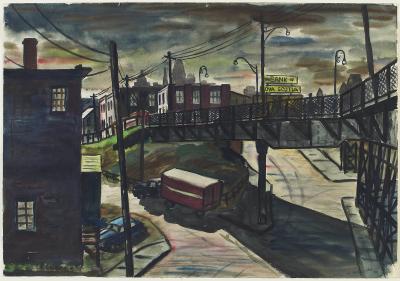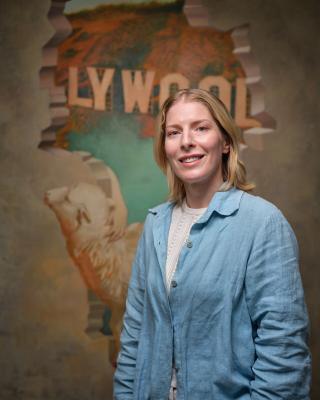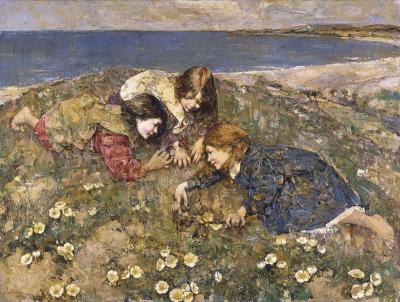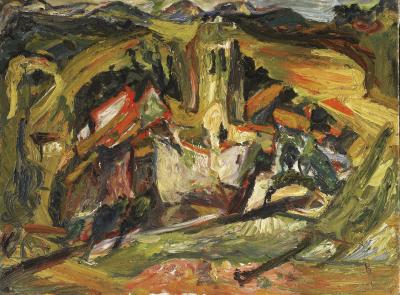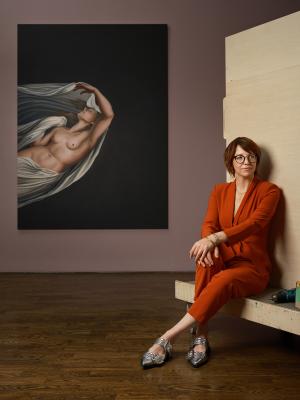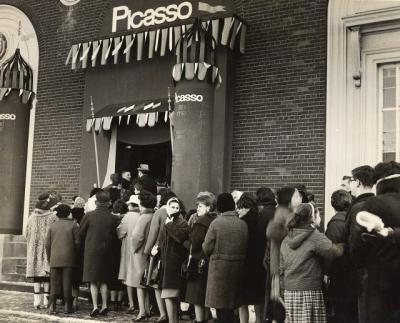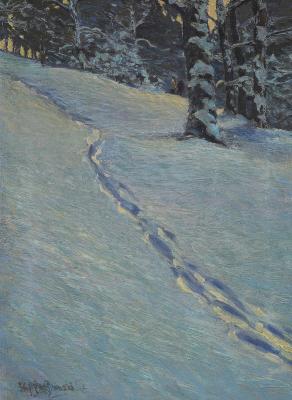Five Hidden Gems at the AGO
Tucked away in nooks and crannies, here are a few works to find on your next visit

Installation view: Evan Penny, 17 of the Artists Production Plasters, 2001-2006. Collection of the Artist. © Evan Penny.
With over 4,000 works of art on view at a time, not to mention the roughly 86,000 other works safely stored away, it’s hard to see everything at the AGO. While this may be stating the obvious, art is truly everywhere here, including outside of gallery spaces and exhibitions. From the Concourse Level to the nooks and crannies of the Gallery, you may be passing by hidden gems without even knowing it.
If you feel like you’ve seen everything at the AGO or simply want a quiet moment of introspection, check out these five works “hidden” throughout the Gallery.
Please note that works in the Gallery are always on rotation, so the works in these spaces may change or be taken off view over time.
1. Production Plasters of Evan Penny (2001-2006) - Concourse Level
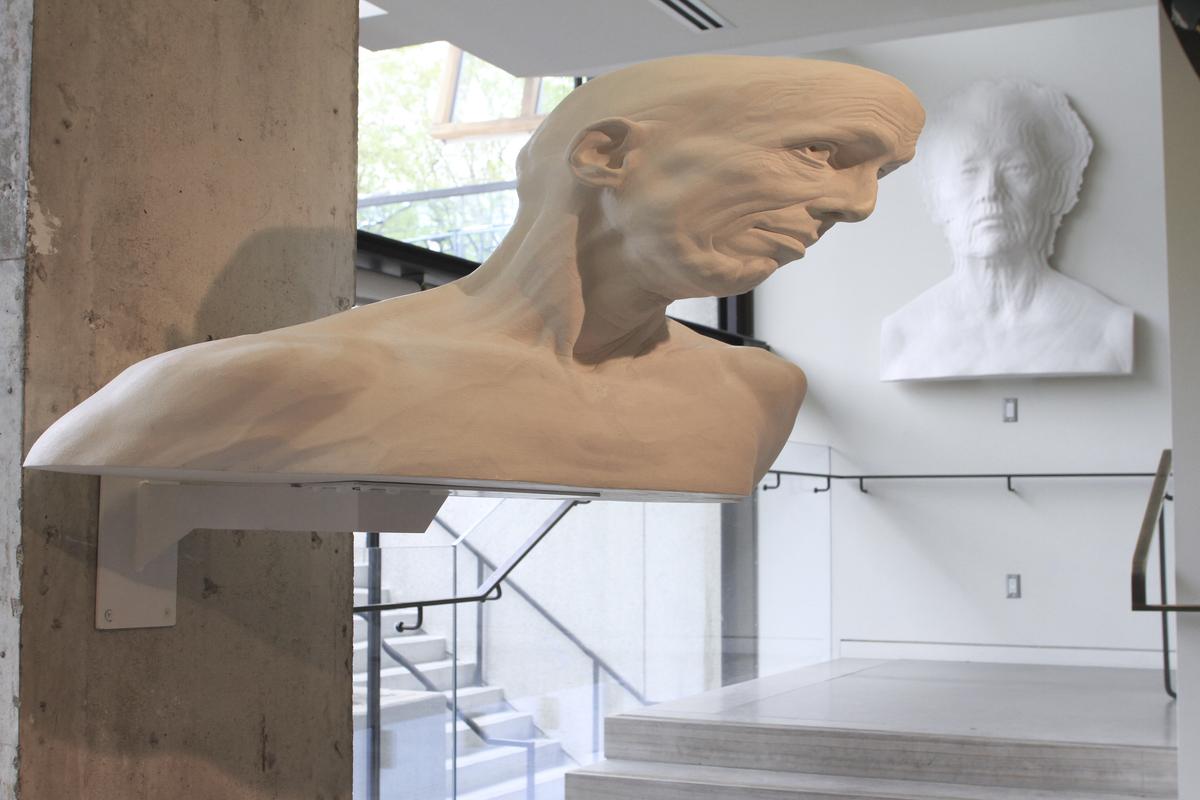
Installation view: Evan Penny, 17 of the Artists Production Plasters, 2001-2006. Collection of the Artist. © Evan Penny.
Before entering the Gallery, head downstairs for the mind-bending visual archive of a local artist.
You can enter the Weston Family Learning Centre (WFLC) by following the colourful mural on the wall. Just above a small set of stairs, you’ll be greeted by the watchful gaze of a ghostly white bust. While it looks like this face is positioned at an angle, you’ll notice that his disproportionately large forehead creates this illusion as you get closer.
This bust is a production plaster of Toronto-based artist Evan Penny, renowned for creating mind-bending sculptures of the human figure. Donned with hand-painted silicone skin and real human hair, Penny’s sculptures are incredibly realistic, save for the exaggerated proportions of their features. Penny often stretches and skews his representations of the human body, his way of creating works that exist “somewhere between the way we perceive each other in real time and space, and the way we perceive ourselves and each other in image.”
After Penny finishes his sculptures, he creates a reference copy of the work made with Hydro-Stone. This brand of plaster is made from the mineral gypsum, making it much harder than other common plasters. As you continue up the stairs, you’ll find the remaining archive of Penny’s production plasters from 2001 to 2006.
Just a note: Unless they’re already open, you cannot leave through the doors at the top of this staircase.
2. Fisher-boy Dancing the Tarantella (1883) by Francisque Joseph Duret - Concourse Level
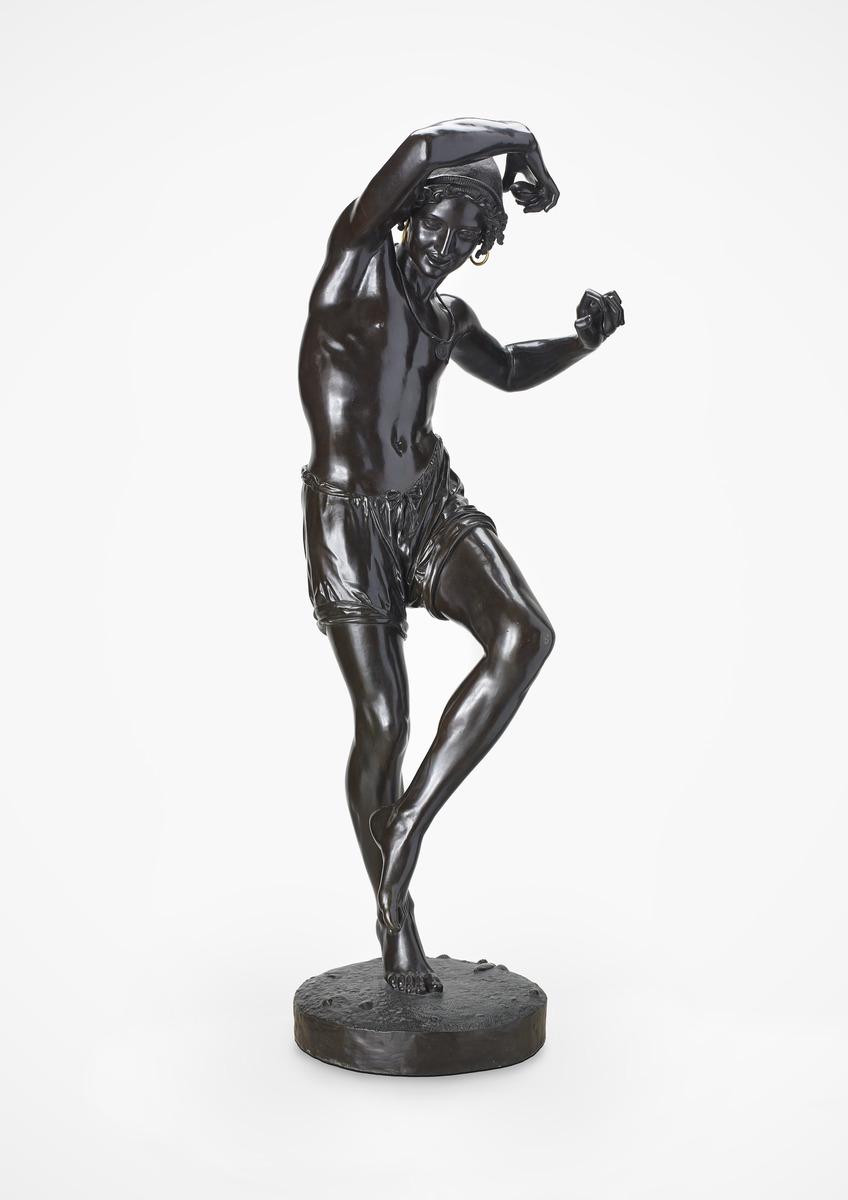
Francisque-Joseph Duret. Fisher-boy Dancing the Tarantella (Souvenir of Naples), 1833; cast before 1847. Bronze, Overall: 158 x 69 x 60 cm. Art Gallery of Ontario. Purchased with donations from AGO members and friends, 1990. © Art Gallery of Ontario. 90/68
While you’re already on the Concourse Level, head south towards the Edward P. Taylor Library & Archives. In the seating area just outside the library, you’ll come across a work that’ll make you want to join in on a dance.
Fisher-boy Dancing the Tarantella (1883) portrays a young boy in the middle of performing the Tarantella, a traditional Italian folk dance known for its upbeat tempo and lively steps. Hailing from the coastal village of Taranto, the Tarantella is often performed in couples at weddings - perhaps you can be the boy’s missing dance partner!
Fisher-boy Dancing the Tarantella was created by French sculptor Francisque Joseph Duret, who was known for his classical figures inspired by ancient Roman and Renaissance works. Its debut at the 1883 Paris Salon received high praise, leading to many editions of the sculpture—including the one on view at the AGO.
3. Portrait of Henry VIII (1537) by Circle of Hans Holbein - Level 1
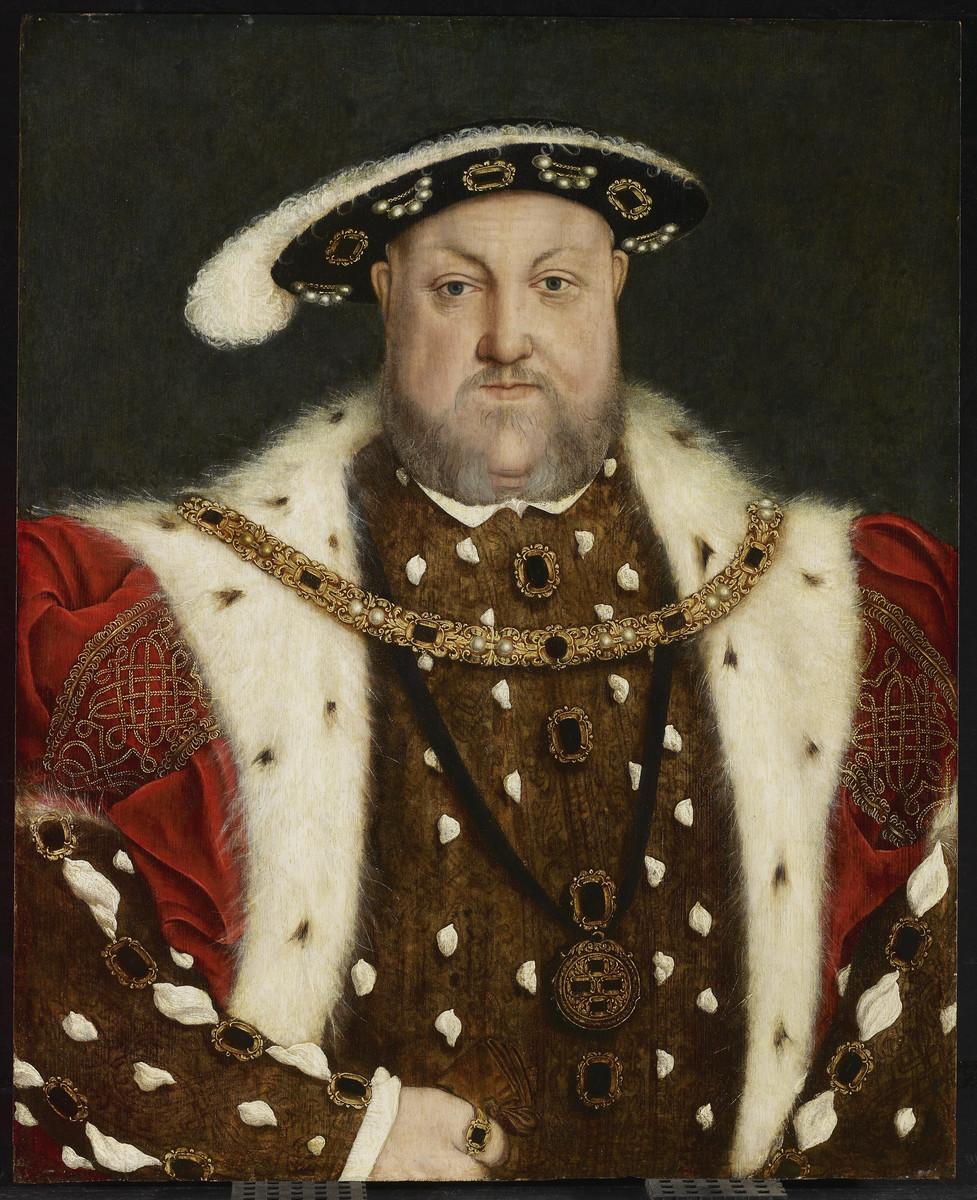
Circle of Hans Holbein, the younger. Portrait of Henry VIII, 16th century. Oil on oak panel, Overall: 64 x 51.8 cm. Art Gallery of Ontario. Anonymous Gift, 2000. Photo © AGO. 2000/172
Fans of SIX the Musical rejoice… or maybe not given the premise of the Tony Award-winning musical.
Tucked away on Level 1 of the Gallery, you’ll find a portrait of the missing figure of the musical: Henry VIII. Portrait of Henry VIII (1537) is a recreation of an original portrait created by Hans Holbein, one of Henry’s court painters. The original portrait by Holbein was created in 1537 after King Henry commissioned a series of paintings while redecorating his palace.
To find this portrait, take a left from the entrance of the Gallery, head into the Thomson Collection for European Art, and keep your eyes peeled for gallery 113. When you first enter the gallery, you’ll be greeted by Benjamin Cheverton’s (1794-1876) impressive collection of ivory busts but don’t fret, you're in the right place. Turn around, look to your right, and meet Henry VIII’s confident gaze.
4. The David Milne Centre - Levels 1 and 2

David Brown Milne. Cabin Shelves, February 21 1935. oil on Masonite, Overall: 45.7 x 56.2 cm. Art Gallery of Ontario. Purchase with assistance from Wintario, 1977. Photo © AGO. 77/155
Quiet and tucked away, the David Milne Centre is a fitting tribute to the late Canadian painter and printmaker David Milne (1882-1953).
Milne enjoyed a life of seclusion, building his cabins in wooded areas across Ontario. A gift from his family in 2009, this peaceful corner of the Gallery is an archive of Milne’s life, featuring the artist's sketches, paintings, photographs, letters, and diaries. The centre also features comfy seating, creating the perfect opportunity to take a break from moving around the Gallery.
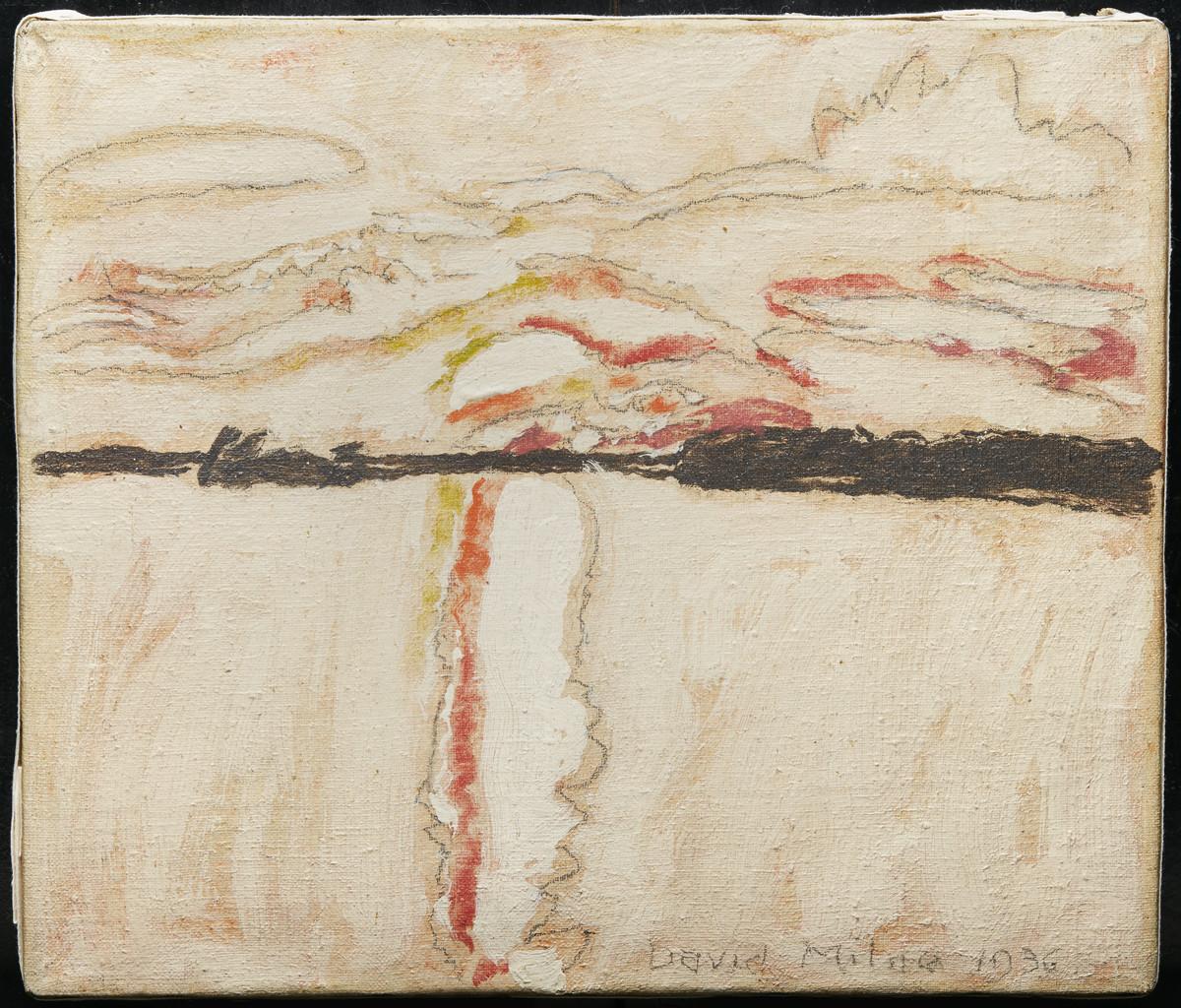
David Brown Milne. Across the Still Lake, 1936. oil on canvas, Overall: 31.3 x 36.3 cm (12 5/16 x 14 5/16 in.) Art Gallery of Ontario. Gift of Mrs. O.D. Vaughan, Toronto, 1986. © Art Gallery of Ontario 86/91
Located at the south end of Levels 1 and 2, the centre stretches across two floors of the Gallery. Head to the second level to see an array of paintings Milne created between 1930 and 1940. These works provide a glimpse into Milne’s life in the woods, such as Cabin Shelves (1935), which depicts the interior of one of his cabins, and Across the Still Lake (1936), which exemplifies Milne’s characteristic style of reducing paintings down to the essentials.
Learn more about Milne’s process and practice in this video examining his work Attic (1928).
5. A work of art in the form of a quantity of coins equal to the number of months of the statistical life expectancy of a child born January 6, 1995 (1995) by Micah Lexier - Level 2
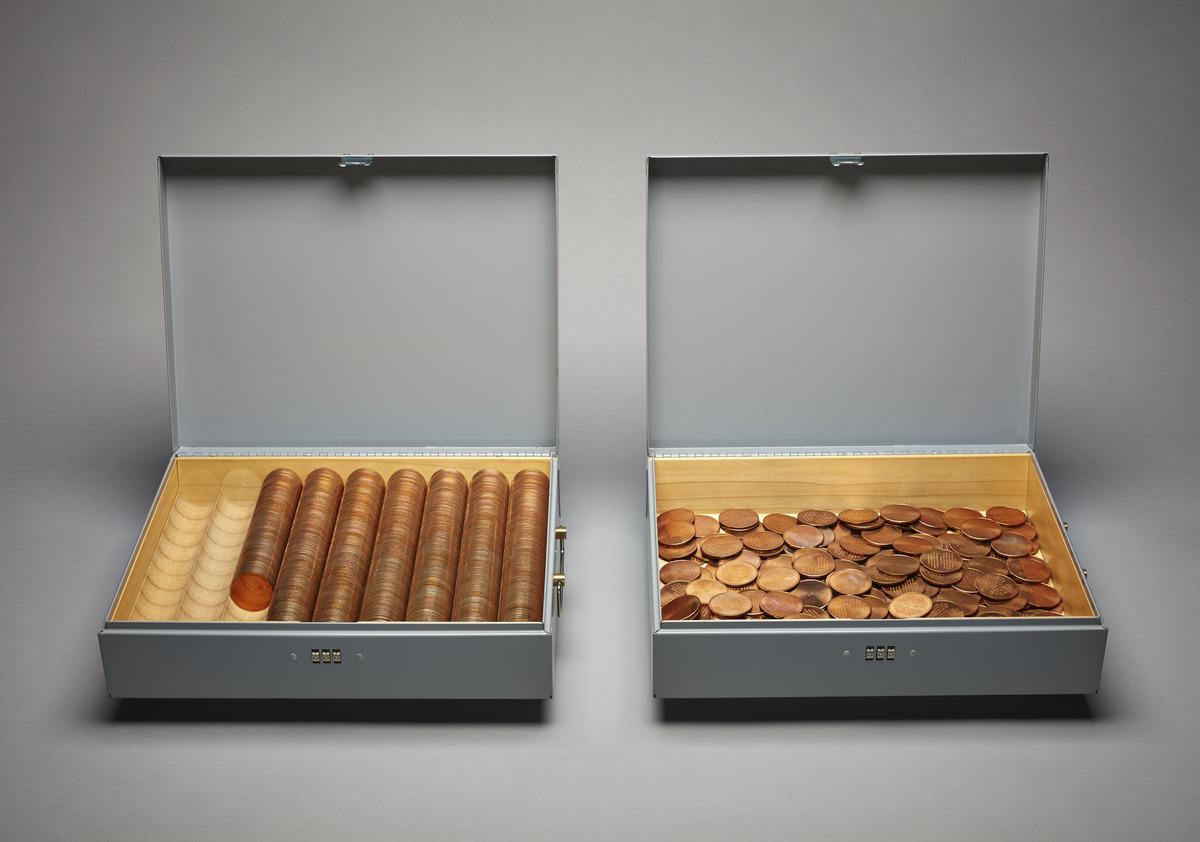
Micah Lexier. A work of art in the form of a quantity of coins equal to the number of months of the statistical life expectancy of a child born January 6, 1995, 1995. Metal, wood, enamel paint, Overall: 31.2 x 23.9 x 8 cm. Art Gallery of Ontario. Purchased with financial support of the Canada Council for the Arts Acquisition Assistance program, 1997. © Micah Lexier. 97/5
On Level 2 of the Gallery, you’ll find a work in progress since 1995.
On the east wall of the Margaret & Jim Fleck Gallery (gallery 200, located just in front of the staircase), lies a clear transparent window. Upon closer inspection, you’ll come across two metal boxes containing coins. The box on the left contains coins neatly organized in rows; in the box on the right, the coins are scattered, a symbol of the random nature of life.
Created by Toronto-based artist Micah Lexier, A work of art in the form of a quantity of coins equal to the number of months of the statistical life expectancy of a child born January 6, 1995 (1995) represents the visible passage of time and the gradual process of aging. On the sixth day of each month, a coin is transferred from the left box to the right until all coins are transferred. This rule is engraved onto each of the 906 coins in this work - one coin for every month of the 75.5 year life expectancy this piece represents.
According to Lexier’s calculations, the last coin will be moved by July 6, 2070. The artist invites visitors to participate in this monthly ritual, which is done in public. If you would like to move a coin, please email [email protected].
See here for a digital copy of an AGO map to aid you in your search for these hidden gems. While you’re on the hunt for these works, stop by the AGO’s current exhibitions as well. A reminder that while some of these works are tucked away, as always, please respect the art.
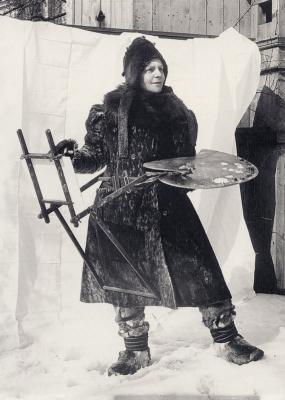
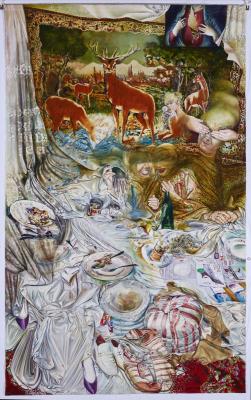
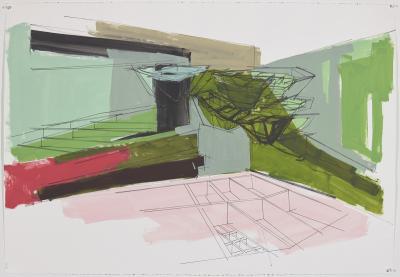

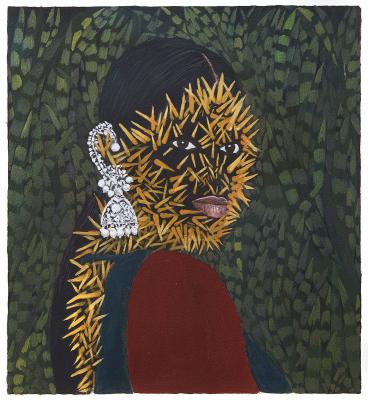

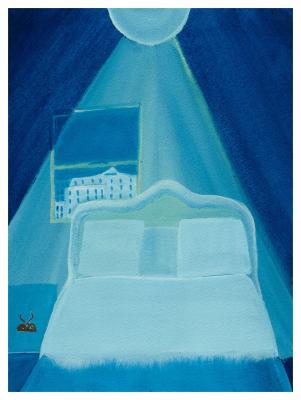
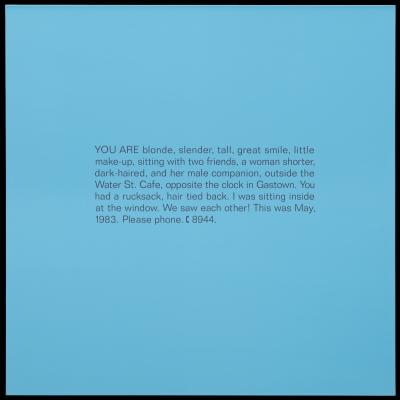
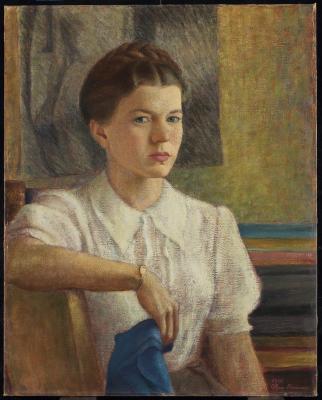
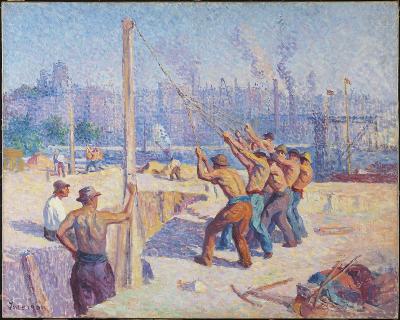
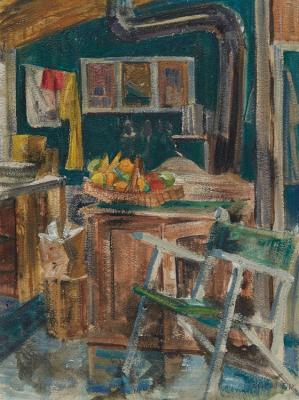
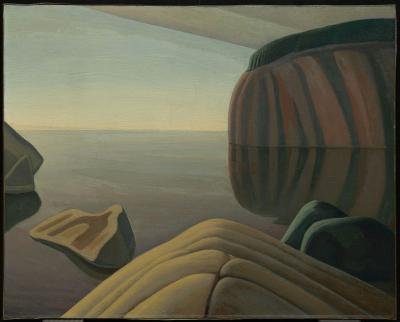
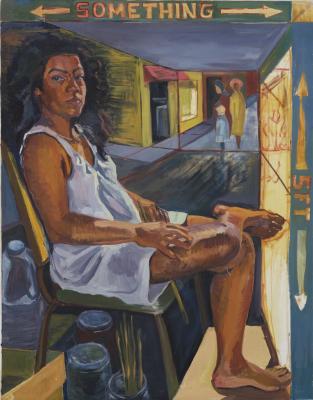
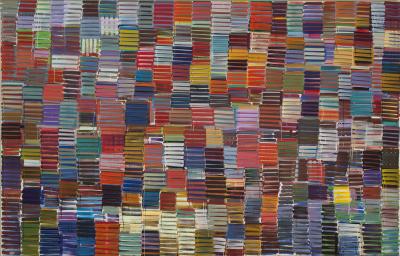

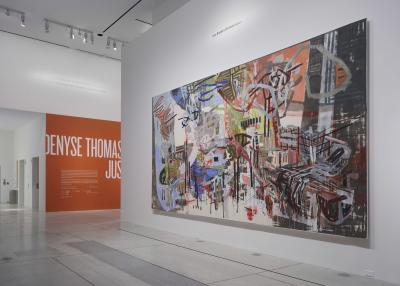
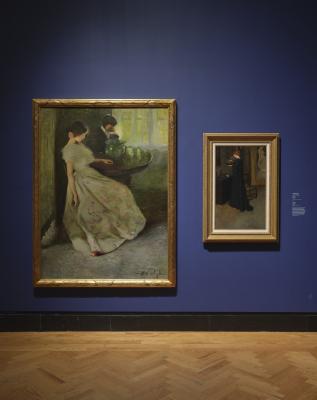
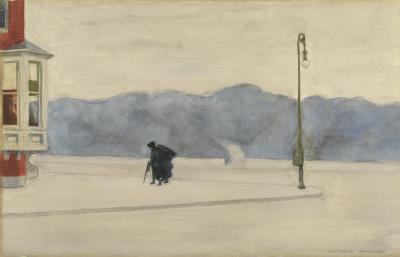
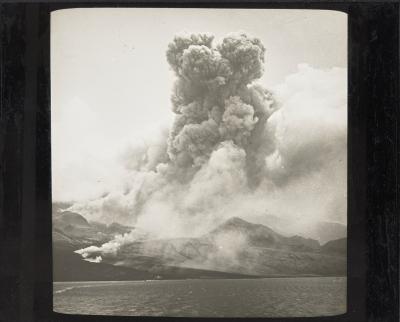
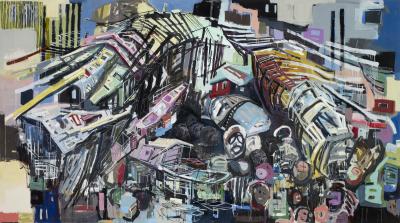
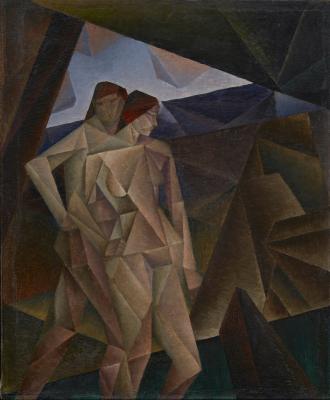
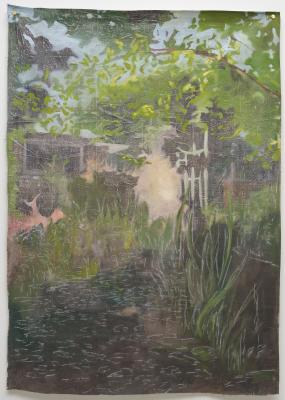
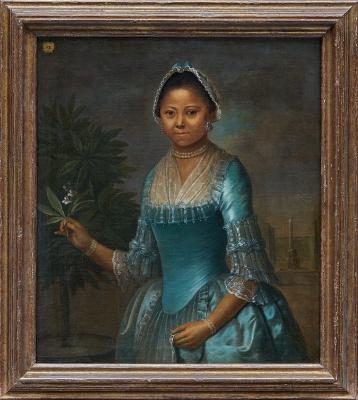

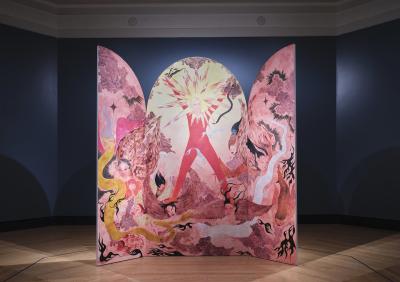
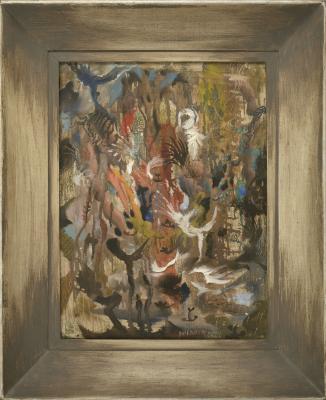
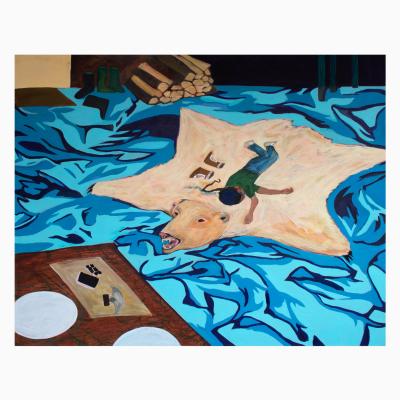
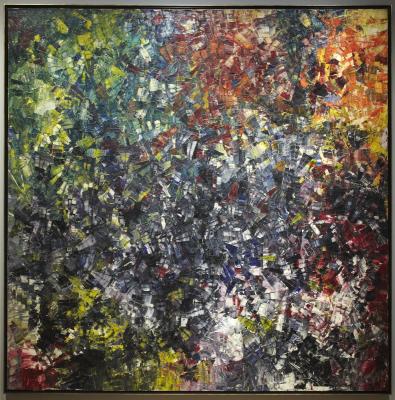
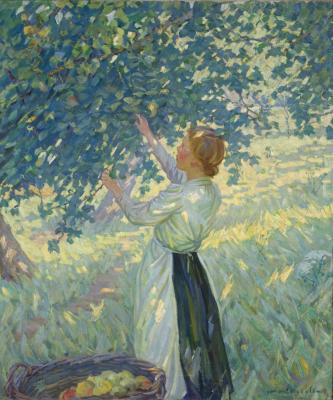
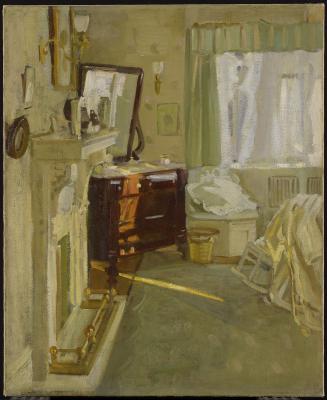
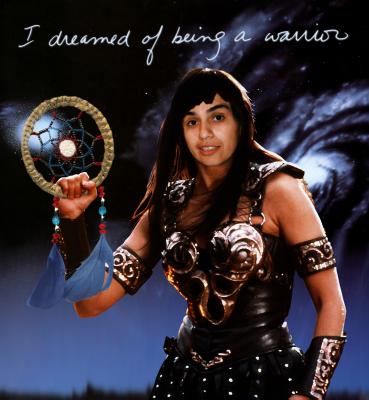

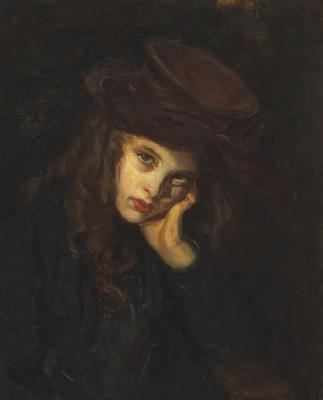
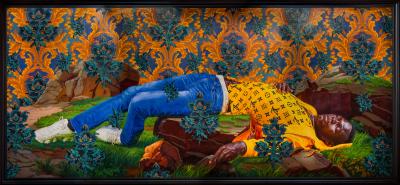

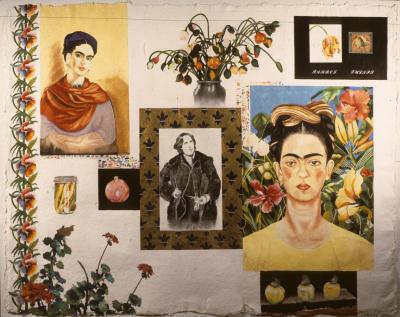
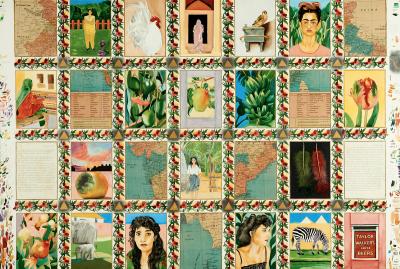
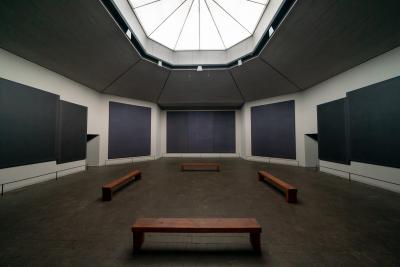
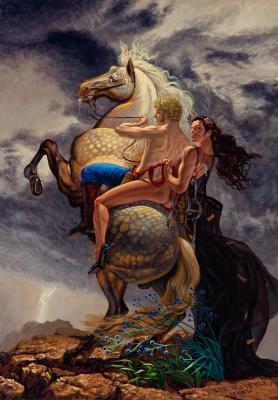
![Keith Haring in a Top Hat [Self-Portrait], (1989)](/sites/default/files/styles/image_small/public/2023-11/KHA-1626_representation_19435_original-Web%20and%20Standard%20PowerPoint.jpg?itok=MJgd2FZP)
